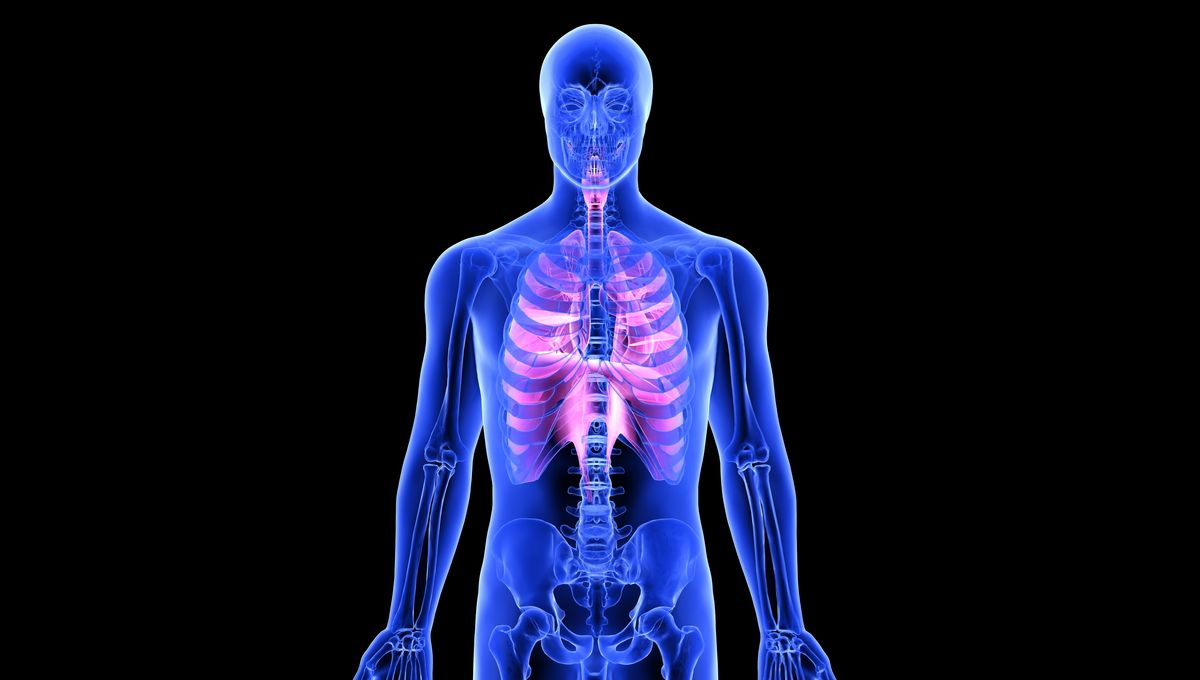
Do you go to the gym to strengthen your body? Well, you may be missing out on training some vital muscles – the ones involved in breathing. New research shows that training these muscles each day can reduce high blood pressure and promote heart health.
The cardiovascular and respiratory systems are heavily connected, despite them often being in two different disciplines of study. For example, shortness of breath is often one of the main symptoms of congestive heart failure, while pulmonary hypertension and right-side heart failure are associated with structural lung disease. Therefore, it may be no surprise that improvement of the lung muscles may also improve heart function.
High blood pressure is one of the primary modifiable risk factors for cardiovascular diseases. As we age, the incidence of above-normal blood pressure can also increase. For public health initiatives, addressing these high blood pressures is an important one.
One way to do this is to target the breathing muscles. Inspiratory muscle strength training (IMST) is a method involving breathing against a resistance device over a long period of time. This method was originally developed for athletes, but now it is also being implemented in healthy adults and non-ventilator-dependent patients.
In a recent study, researchers took healthy volunteers (aged 18-82) and instructed them do a five-minute daily breathing technique (30 breaths), 5-7 days/week for six weeks, using a machine called PowerBreathe. This hand-held device looks like an inhaler but enables the participants to undertake resistance training breathing techniques.
Blood pressure is normally measured in millimeters of mercury (mmHg), as this measurement was used in the first blood pressure gauges and is used as a standard measurement of unit. There are two numbers in blood pressure; Systolic blood pressure (the first number) which is the pressure from the blood on artery walls when the heart is beating, and diastolic blood pressure (the second number) which is the pressure from blood on the artery when the heart is at rest.
According to the Centre for Disease Control and Prevention (CDC), the normal blood pressure level is 120/80 mmHg.
In this study, the participants who did the breathing technique found that the systolic blood pressure was lowered by 9 mmHg. This is an exciting prospect, as this type of exercise can be easily done at home or by people unable to do traditional aerobic exercise. The reduction in this blood pressure was also seen in a 6-week follow up visit after the individuals who had stopped training.
The volunteers also saw improvement in nitric oxide (NO) bioavailability. This is important as this can promote good blood flow and widen blood vessels – this combination will help prevent buildup of plaque in arteries. This NO improvement was through a combination of decreased oxidative stress and increased endothelial NO synthase activation.
This study was published in the Journal of the American Heart Association (JAHA).
Source Link: "Breath Training" Twice A Day Can Lower Blood Pressure, Study Finds